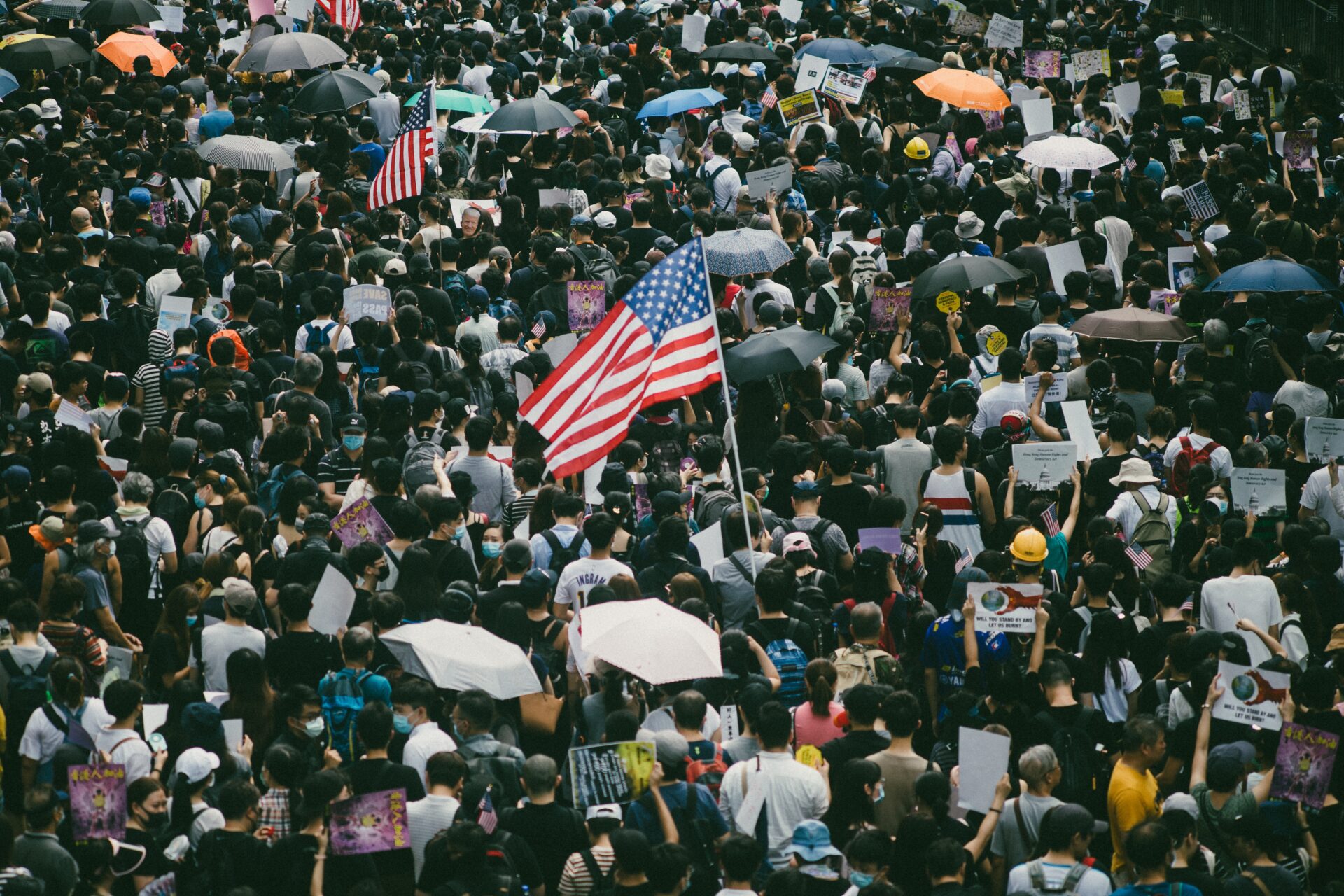In recent years, the U.S. has witnessed political polarization intensify, even though American voters aren’t necessarily as ideologically divided as they perceive themselves to be., This misperception is especially stark among those who are most politically engaged. In contrast, however, American politicians exhibit a profound ideological polarization that has widened the chasm in policy beliefs and voting behaviors for decades.
The discrepancy between the electorate’s ideological unity and the divide among elected officials has set the stage for a peculiar form of division: affective polarization. This means that though voters might share more common ground than they realize, they have a profound emotional aversion towards members of the opposing party.
The emotional rift carries significant implications for democratic stability. Affective polarization may not directly instigate political violence, but it certainly fosters an atmosphere in which violence against politicians, election officials, women and various minority groups can escalate, fueled by the rhetoric of politicians and opinion leaders.
It is crucial to recognize that affective polarization alone isn’t the sole catalyst driving democratic backsliding or political violence. The real concern lies in how these intense emotions intertwine with the dynamics of voting systems, the incentives for candidates, and interpersonal relationships. Journalists delving into the erosion of democratic norms, especially in relation to elections, must grapple with this intricate interplay.
We recommend that journalists and editors contextualize potentially polarizing statements, policy moves, as being driven by emotion rather than ideological differences among voters base – when appropriate. Do not position these acts as belonging to one party or another winning or losing, but rather acts designed to emotionally engage voters at the cost of unity.
Guides & Best Practices
Global Investigative Journalism Network
”How America’s Toxic Political Polarization Erodes Election Reporting — and 12 Tips to Regain Impact
Research”
This guide reveals a profound mistrust between Democrats and Republicans, with both sides viewing the other with fear and suspicion. This “negative partisanship” means that audiences are now processing information through deeply ingrained biases, leading them to selectively accept or reject facts. This guide offers insights and techniques to help journalists navigate this complex landscape and reach a broader audience.
Trusting News
Anti-polarization checklist
Made in collaboration with Reynolds Journalism Institute and the American Press Institute, this checklist is designed to help reporters and editors think about the framing, sourcing and language of a story. There is also a guide from Joy Meyer, the director of Trusting News, that walks readers through how to use this checklist.
Carnegie Endowment for International Peace
“Polarization, democracy and political violence in the United States: What the research says”
This paper is an up-to-date review of polarization in the U.S. It provides a thorough review of the literature, explaining a shift in thinking about the topic from an ideological, policy-based phenomenon to an issue of emotion. Understanding this is vital for journalists looking to accurately frame issues of polarization.
Columbia Journalism Review
“Lessons on overcoming polarization from Bowling Green and Ohio County, Kentucky”
This pilot study examines what political polarization looks like at the local level and provides recommendations for how local journalists and community members might bridge the divides of party and demographics.
Constructive Institute
“Listen Louder: How Journalists Can Counter Polarization”
This in-depth guide pulls examples of journalists navigating polarization from around the world. It was created to provide best-practice recommendations for journalists and promote discussions about how to reduce polarization and reinforce democracy.
American Press Institute
“Getting it Rght: Strategies for Truth-Telling in a Time of Misinformation and Polarization”
This report by Susan Benkelman, the former director of accountability journalism at American Press Institute, tackles both navigating the current misinformation ecosystem in the U.S. and the polarization within the nation. An entire chapter of the report is designed to provide journalists with insights and techniques for reaching polarized audiences.
Assistance
There are several reputable, nonpartisan organizations and institutions that offer data and research on polarization in American politics and adjacent issues. Here are some that journalists might find useful:
Carnegie Corporation of New York, a philanthropic foundation created in 1911, announced this year that it would be providing $6 million annually for three years to support researchers, journalists and authors attempting to better understand why American society has become so polarized and how to fortify the United State’s democracy.
Pew Research Center is a nonpartisan fact tank that conducts public opinion polling, demographic research, content analysis and other data-driven social science research. Within the last year, it’s released a number of reports tied to polarization in American politics, including “Americans’ dismal views of the nation’s politics,” “The polarization in today’s Congress has roots that go back decades” and “Trust in America: Do Americans trust the news media?”
The Brookings Institution is a nonpartisan, nonprofit think tank that offers research on various topics, including governance at local, national, and global levels, as well as political polarization.
The Brennan Center for Justice at NYU School of Law combines scholarship, legislative advocacy and litigation to address issues of democracy and justice, including political polarization.
The National Bureau of Economic Research is a private, nonpartisan organization that provides high-quality economic research, including working papers on political economy and political polarization.
The Democracy Fund often funds and produces research on the state of democracy in the U.S., including topics like political polarization, media and public trust.
The Annenberg Public Policy Center at the University of Pennsylvania conducts research on communication, public policy and public opinion, including studies on political polarization.
The Knight Foundation, while primarily known for its focus on journalism and the arts, also funds and produces research on American political polarization, especially as it intersects with media consumption habits.
The Joan Shorenstein Center on the Press, Politics and Public Policy at Harvard Kennedy School offers research on media, politics and public policy, with several pieces related to the challenge of political polarization.
Additional Resources
The Atlantic
“The doom spiral of pernicious polarization” by Yascha Mounk
Article
Nieman Lab
“Want to reduce political polarization? Save your local newspaper” by Joshua P. Darr, Johanna Dunaway and Matthew P. Hitt
Article
Nieman Reports
“Political polarization and the press” by James Geary
Article
The Conversation
“Are soaring levels of income inequality making us a more polarized nation?” by Christos A. Makridis
Article
The Conversation
“Political polarization is about feelings, not facts” by Robert B. Talisse
Article




